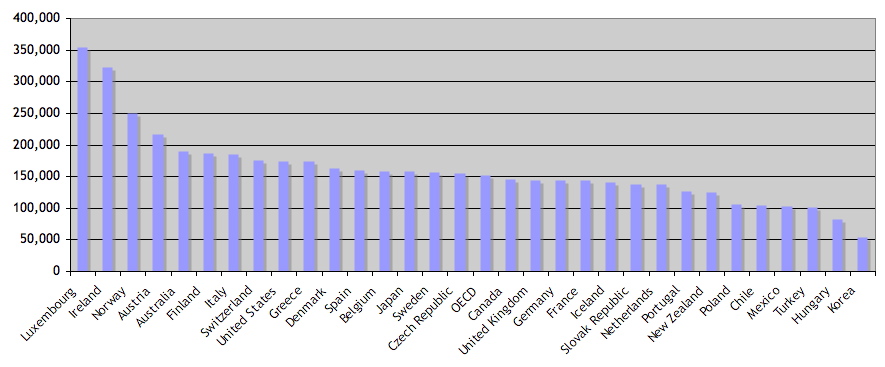 Proponents of a [[National Broadband Plan]] argue that our national competitiveness depends on the deeper penetration of high speed Internet services, which can only be achieved with massive subsidized investments to the local, rural telephone and cable companies that service remote and rural markets in the heartland of America.
Proponents of a [[National Broadband Plan]] argue that our national competitiveness depends on the deeper penetration of high speed Internet services, which can only be achieved with massive subsidized investments to the local, rural telephone and cable companies that service remote and rural markets in the heartland of America.
These policy fan-boys point to the national rural electrification administration, the FCC’s [[Universal Services Fund]] and the eRate policies as the successful models to follow. They point out how taxing those who live in the low-cost-to-deliver urbanized parts of the country and then redistributing those taxes to economically enable high speed Internet service to high-cost-to-deliver users on farms in Iowa, ranches in Montana and villages in West Texas.
We can all understand the benefit of having telephone service for all Americans. It greatly expands the value of the telecom network through Metcalfe’s Law and even expressed as Reed’s Law and enables tele-commerce and even remote contact center agent work for otherwise home-bound citizens. However, this policy goal has been largely met. Although established in law by the [[Communications Act of 1934]] and later as the FCC’s creation in 1997, the USF, which sets a tax of 14.1% on end users, is in total-revenue-decline since more and more subscribers to the landline services are disconnected in favor of Internet and wireless telephone service.
We should be skeptical of those who demand that our nation needs to deploy the same logic to fixed line broadband services.
 First of all the metrics used are weak. One of the favorites is broadband subscribers per 100 inhabitants. This is highly dependent on the typical family size and stage of that family lifecycle. For example, in our household we have one subscription, yet it’s used by my sons, my wife and I, so our household has 1 subscriber for 4 inhabitants which is 25 subscribers per 100 inhabitants. Our daughters, who live together in Los Angeles have a subscription and their household is 1 subscriber for 2 inhabitants, or 50 subscribers per 100 inhabitants. So, family size has a huge impact on the ‘penetration.’
First of all the metrics used are weak. One of the favorites is broadband subscribers per 100 inhabitants. This is highly dependent on the typical family size and stage of that family lifecycle. For example, in our household we have one subscription, yet it’s used by my sons, my wife and I, so our household has 1 subscriber for 4 inhabitants which is 25 subscribers per 100 inhabitants. Our daughters, who live together in Los Angeles have a subscription and their household is 1 subscriber for 2 inhabitants, or 50 subscribers per 100 inhabitants. So, family size has a huge impact on the ‘penetration.’
The other reality is that presence of a broadband subscription does not mean users are more willing to develop software or advanced services and so has less and less to do with creating innovations. The rapid adoption of broadband entertainment services has helped pull the infrastructure into neighborhoods. A nation of FaceBook addicts looks, from a broadband subscription perspective, about the same as a nation of software developers.
To me, a more useful statistic is to measure broadband subscribers per software developer. This would indicate if the country is a net producer of software value or a net consumer of software value.
One of the arguments proponents make is that our future, as an innovative nation depends on increasing broadband penetration relative to our nation competitors. However, the OECD’s broadband portal which tracks statistics of broadband penetration tells a very different story. One of the charts compares GDP to broadband subscribers per 100 inhabitants. Here, it shows a 0.70 correlation between GDP and broadband penetration. Some would say this means that to increase GDP, we need to increase broadband. I disagree with this causal relationship. In fact, higher GDP means that citizens have the funds to pay for broadband service.
The chart shown here on right, depicts the GDP (in US$ with pricing power parity) of the [[OECD]] members and shows the US (which was 15th in broadband subscribers per 100 inhabitants) as ninth in the rankings of GDP per broadband subscribers. This puts us behind such notable IT competitors as Luxembourg, Ireland and Austria. NOT.









